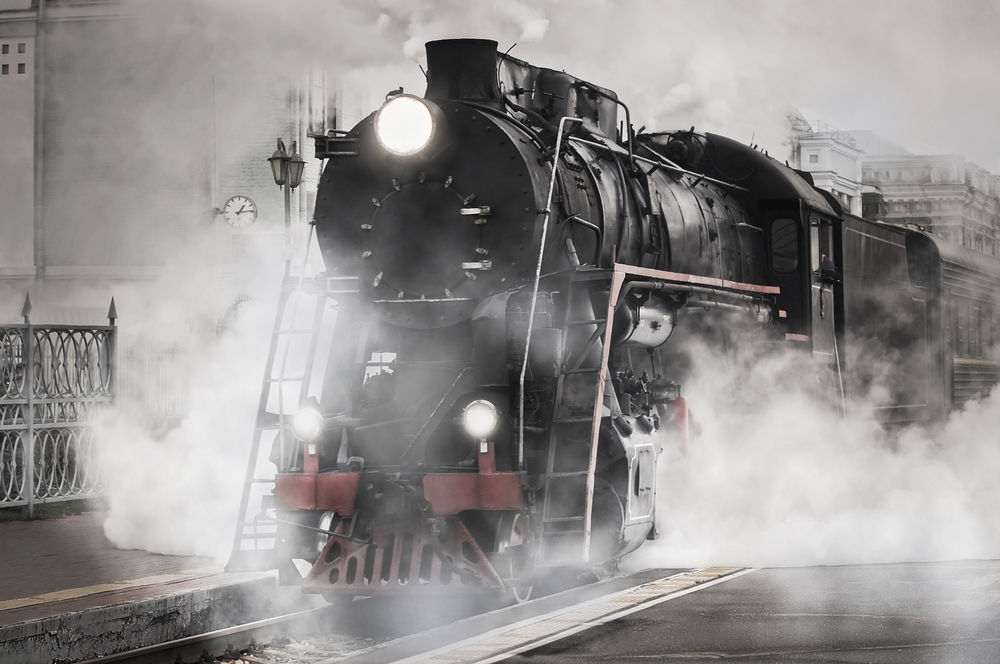[Monday Notes n.2] Music has often tried to imitate and describe the reality. A famous example is Antonio Vivaldi’s La primavera, where the violins imitate birdsong. In jazz, too, there are descriptive compositions, and a favourite theme is that of the train, set to music by Duke Ellington and his orchestra in Daybreak Express.
The train and the railway are very strong symbols of American society of the 19th century and are particularly recurrent in the blues repertoire. In 1933, Duke Ellington set the sound of the train to music and, with his 14-piece orchestra, created an extraordinary piece of music.
The train is described not only by the percussion instruments, which astonishingly imitate the noise of the locomotive, but also by clever musical procedures. The piece starts slowly with a four-note phrase that rises chromatically, accelerating as the chords also rise by semitones:

The train reaches full speed with rapid sprints of block chords from the saxophones, gives way to a trumpet solo, to which the brass and sax sections respond tightly, and concludes its run again with a chromatic motif, this time descending.
A few years later another train was made famous by Duke Ellington, the one on the A line connecting Harlem and Brooklyn, which became one of the most famous pieces not only of Duke’s orchestra but of the whole jazz repertoire: Take The A Train.
Have a good trip!


